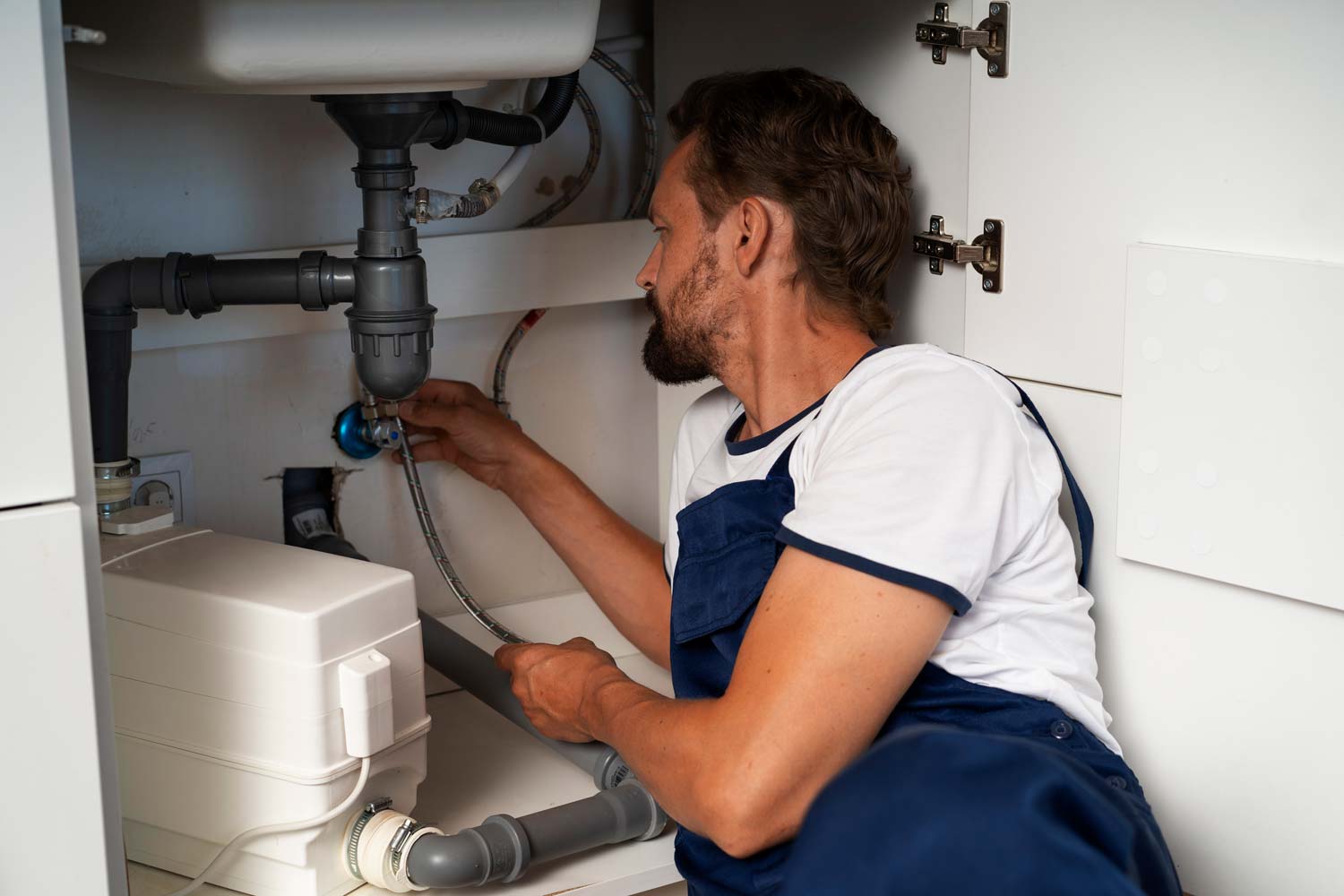Water pressure affects everything from taking showers to running appliances. When it’s too low, tasks take longer, and when it’s too high, your pipes may suffer damage. That’s why understanding water pressure issues—and addressing them quickly—is so important for every homeowner.
Common Causes of Low Water Pressure
- Pipe Leaks – Even a small leak reduces water flow throughout your home.
- Clogged Pipes – Buildup of minerals or debris restricts water flow.
- Faulty Fixtures – Old or damaged faucets and showerheads can limit pressure.
- Main Line Issues – Problems with your main supply line often affect the whole house.
Risks of Ignoring the Problem
- Higher Bills: Leaks tied to pressure issues waste water.
- Damage to Appliances: Washing machines and dishwashers need consistent flow.
- Pipe Damage: High pressure can strain your plumbing system.
How Professional Plumbing Repair Helps
A licensed plumber can:
- Inspect your system for leaks or blockages.
- Replace old or damaged fixtures.
- Adjust your home’s pressure regulator for safe, steady flow.
- Ensure your plumbing system runs efficiently long-term.
Quick Tips for Homeowners
- Regularly clean faucet aerators and showerheads.
- Watch for sudden drops in water pressure—it’s often a sign of leaks.
- Avoid DIY “quick fixes” that may cause bigger issues later.

